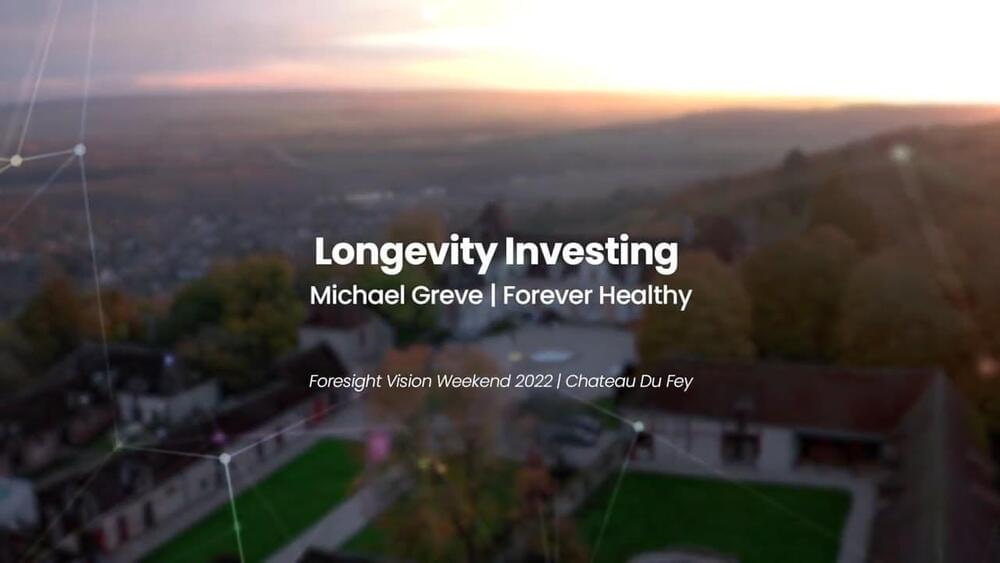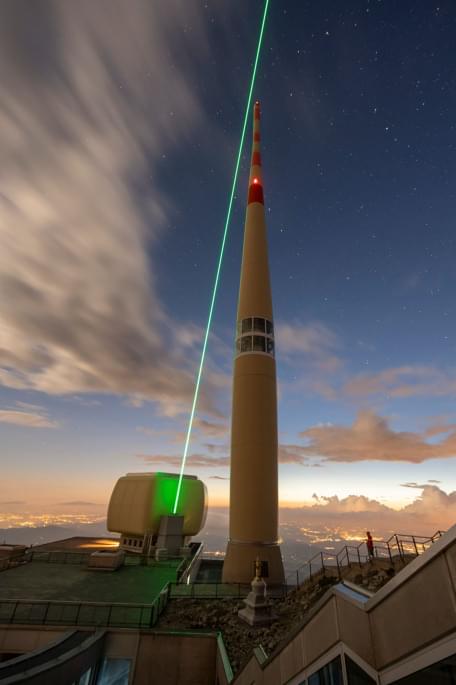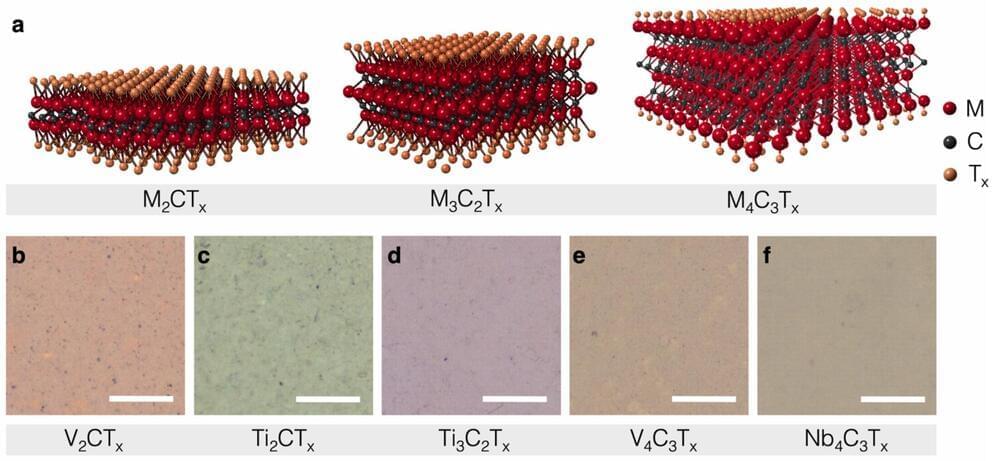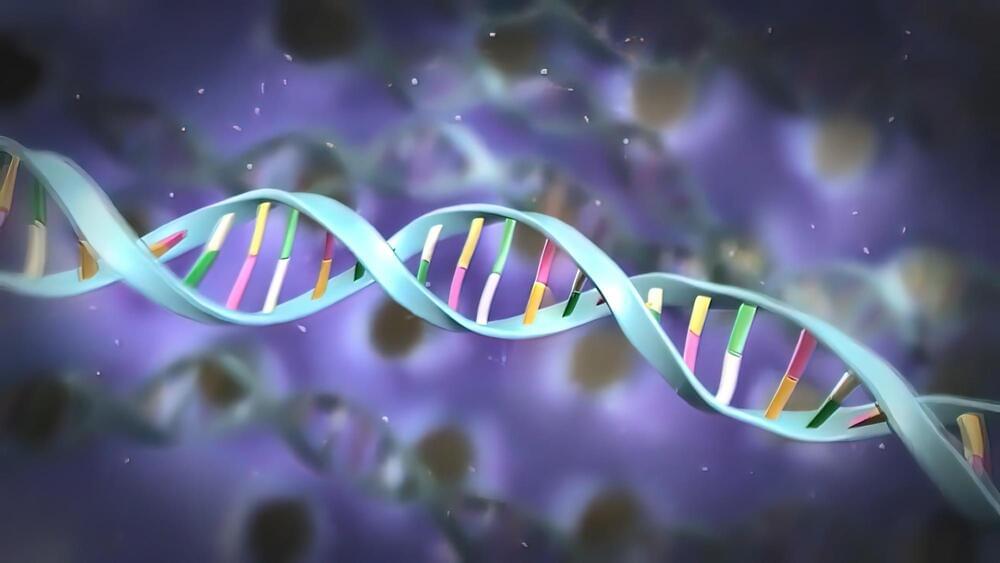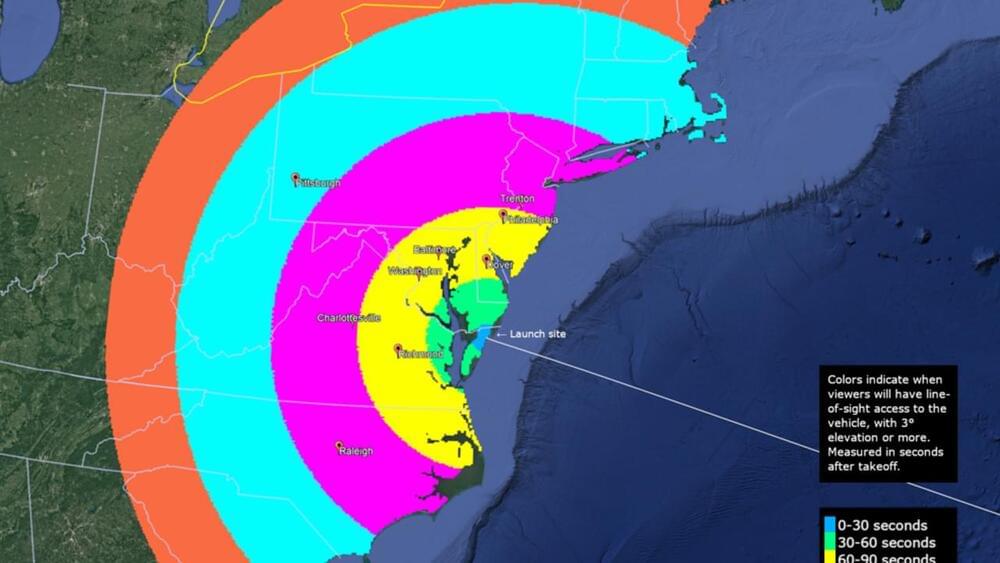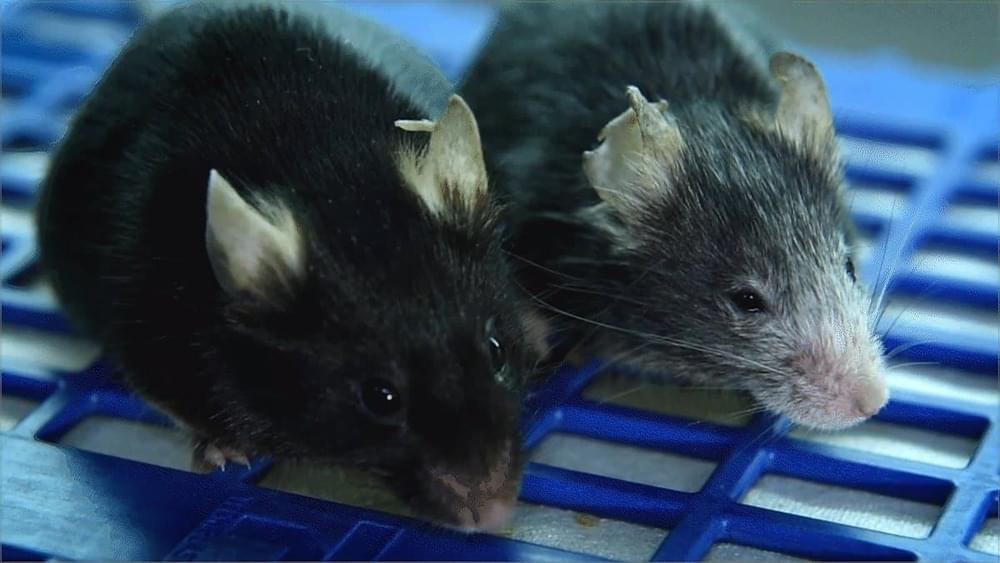
Scientists at Harvard Medical School have investigated why we age, and identified a possible way to reverse it. In tests in mice, the team showed that epigenetic “software glitches” drive the symptoms of aging – and a system reboot can reverse them, potentially extending lifespan.
Our genome contains our complete DNA blueprint, which is found in every single cell of our bodies. But it’s not the whole picture – an extra layer of information, known as the epigenome, sits above that and controls which genes are switched on and off in different types of cells. It’s as though every cell in our body is working from the same operating manual (the genome), but the epigenome is like a table of contents that directs different cells to different chapters (genes). After all, lung cells need very different instructions to heart cells.
Environmental and lifestyle factors like diet, exercise and even childhood experiences could change epigenetic expression over our lifetimes. Epigenetic changes have been linked to the rate of biological aging, but whether they drove the symptoms of aging or were a symptom themselves remained unclear.
